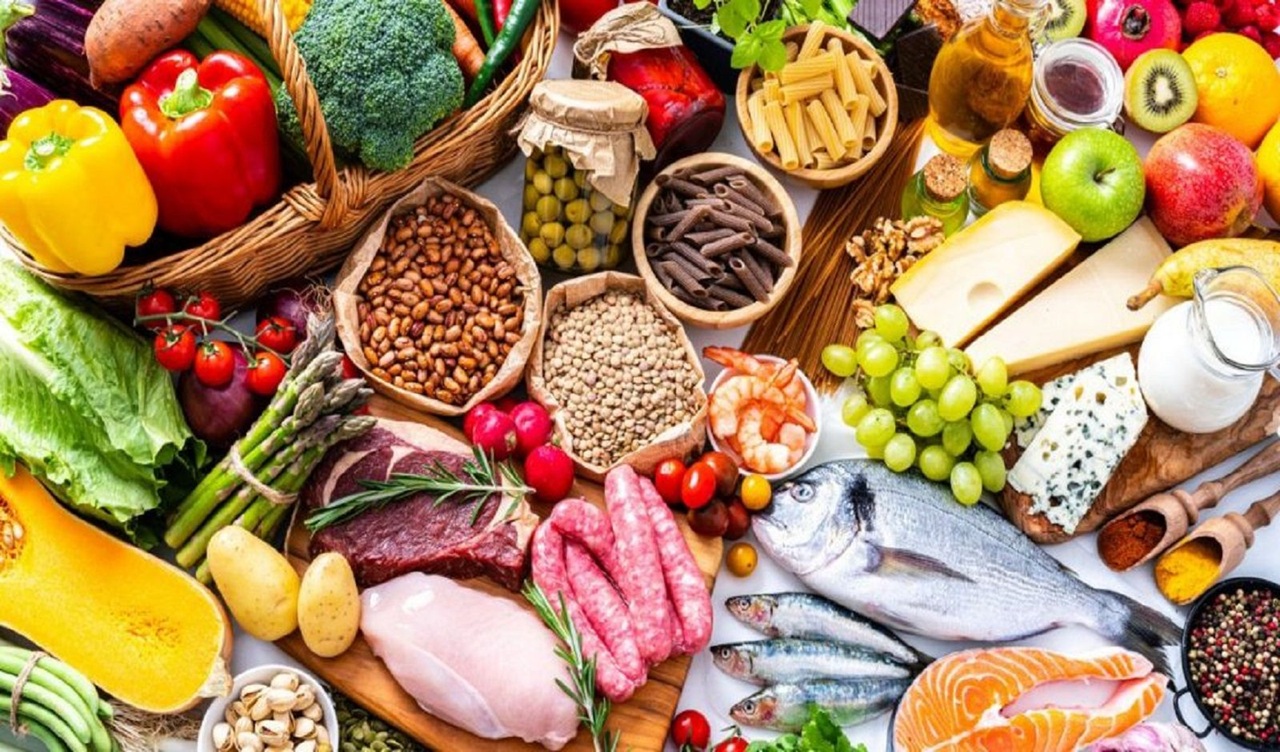The food service industry in India is experiencing unprecedented growth, driven by rising consumer incomes, rapid urbanization, changing lifestyles, and the proliferation of digital food delivery platforms. As one of the fastest-growing segments in the Indian economy, this industry includes a wide array of services—from fine dining and fast-food chains to cloud kitchens and catering services.
- Expanding Market Size and Segments
- According to industry estimates, the food service market in India is expected to surpass $95 billion by 2025. The sector is broadly categorized into organized and unorganized segments. While the unorganized sector still constitutes a significant share, the organized food services—comprising Quick Service Restaurants (QSRs), casual dining, cafés, and delivery-based services—are rapidly gaining traction.
- The growth of global QSR brands like McDonald’s, Domino’s, and KFC in tier-II and tier-III cities is a testament to the evolving consumer behavior. Local startups and regional chains are also making their mark, leveraging unique culinary offerings and localized flavors.
- Key Drivers of Growth
- Rising Disposable Incomes
- With a growing middle class and increasing dual-income households, there’s greater expenditure on dining out and food delivery services.
- Urbanization and Lifestyle Changes
- Busy urban lifestyles have led to a higher demand for convenient, ready-to-eat meals and food delivery. This has spurred the growth of cloud kitchens and app-based platforms like Swiggy and Zomato.
- Digital Transformation
- Technology has revolutionized the food service experience. Online ordering, contactless payments, AI-based recommendations, and data-driven personalization are enhancing customer satisfaction and loyalty.
- Tourism and Hospitality
- India’s booming tourism and hospitality sectors contribute significantly to food service demand, especially in cities like Delhi, Mumbai, Bengaluru, and Goa.
- Emerging Trends in 2025
- Health-Conscious Offerings: With increasing health awareness, consumers are opting for organic, vegan, gluten-free, and calorie-counted meal options.
- Cloud Kitchens: These delivery-only kitchens minimize operational costs and focus solely on fulfilling online orders, marking a significant trend in the post-pandemic era.
- Sustainable Practices: From biodegradable packaging to zero-waste kitchens, sustainability is gaining momentum across the industry.
- Fusion and Regional Cuisines: There is a growing appetite for innovative dishes that blend global flavors with traditional Indian spices and ingredients.
- Challenges to Address
- Despite the promising outlook, the food service industry in India faces challenges such as high GST rates on restaurant services, fragmented supply chains, and labor shortages. Ensuring food safety and maintaining hygiene standards also remain critical concerns, especially in the post-COVID-19 landscape.
- Future Outlook
- The food service industry in India is poised for transformative growth in the coming years. Driven by innovation, customer-centric strategies, and technological adoption, it offers vast potential for entrepreneurs, investors, and stakeholders across the value chain.
- As consumer expectations continue to evolve, businesses that adapt swiftly and offer high-quality, diverse, and sustainable food solutions will dominate the next wave of this vibrant sector.
- Would you like a variation of this article for guest posting or regional targeting (e.g., “food service industry in Mumbai” or “restaurant business trends in South India”)?








